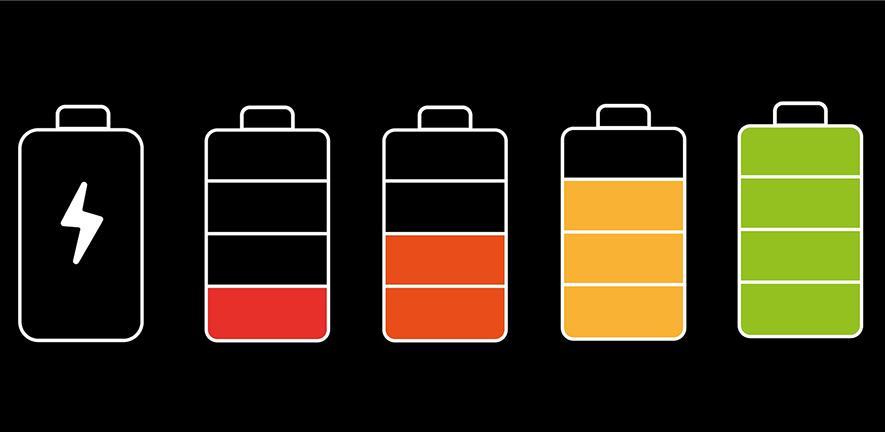
Researchers have developed a simple lab-based technique that allows them to look inside lithium-ion batteries and follow lithium ions moving in real time as the batteries charge and discharge, something which has not been possible until now.
Using the low-cost technique, the University of Cambridge researchers identified the speed-limiting processes which, if addressed, could enable the batteries in most smartphones and laptops to charge in as little as five minutes. The technique will not only help improve existing battery materials, but could accelerate the development of next-generation batteries, one of the biggest technological hurdles to be overcome in the transition to a fossil fuel-free world.
The advantages of lithium-ion batteries are long lifetimes in comparison with other battery technologies and relatively high energy densities, although not yet on par of petrol. However, some of the drawbacks include overheating, potential of explosion and cost of production. These are inhibitory for suitable widespread use in two major clean technologies: electric cars and grid-scale storage for solar power. Improvement and faster battery charge need an understanding of the processes occurring in functioning materials under realistic conditions in real time. Current techniques require sophisticated synchrotron X-ray or electron microscopy techniques, which are time-consuming and expensive.
"To really study what’s happening inside a battery, you essentially have to get the microscope to do two things at once: it needs to observe batteries charging and discharging over a period of several hours, but at the same time it needs to capture very fast processes happening inside the battery." Alice Merryweather, PhD student, Cavendish Laboratory
The Cambridge team have developed the optical microscopy technique: interferometric scattering microscopy, which observes these processes at work. The technique has allowed individual particles of lithium cobalt oxide (LCO) to be seen charging and discharging by measuring the amount of scattered light.
"We found that there are different speed limits for lithium-ion batteries, depending on whether it’s charging or discharging. When charging, the speed depends on how fast the lithium ions can pass through the particles of active material. When discharging, the speed depends on how fast the ions are inserted at the edges. If we can control these two mechanisms, it would enable lithium-ion batteries to charge much faster." Dr Akshay Rao from the Cavendish LaboratoryCavendish Laboratory
The technique can be applied to almost any type of battery material The high throughput nature of the methodology allows many particles to be sampled across the entire electrode and, moving forward, will enable further exploration of what happens when batteries fail and how to prevent it.
Read the full University of Cambridge article here.
Nature publication: Operando optical tracking of single-particle ion dynamics in batteries (2021).
Image credit: Alexandra_Koch, Pixabay

